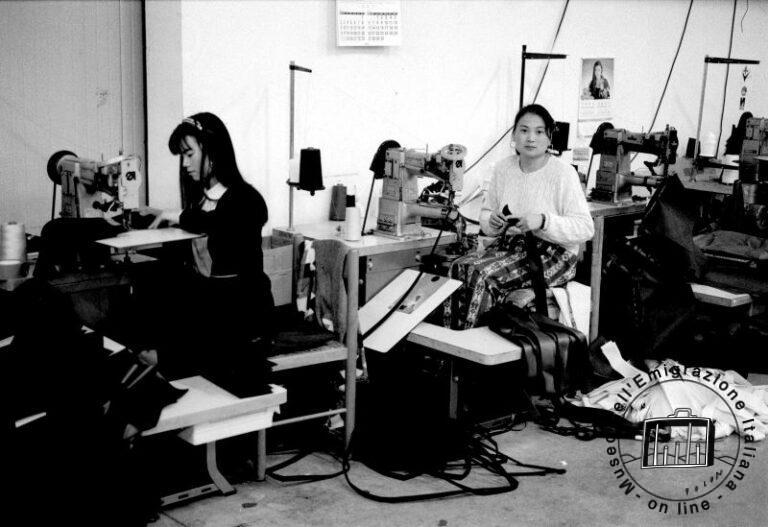Migration has always had a place in human history: it is repeated and renewed over time, and this is how Italy, once a land of emigration, has now become a popular destination for immigrants from poor or developing countries.
However, immigration, which is now present in the daily lives of each of us, is still perceived, even after several years, as a temporary and transitory phenomenon and arouses feelings of rejection: thus, we forget how much of our country's events have been conditioned by the migration phenomenon.
History, some times, resembles a mirror: through today's immigrants it sends back to us the image of our own, one hundred years later. Does not a "caregiver" who leaves her children and comes to Italy retrace the same path as our nannies and suffer in the same way from the distance?
Doesn't a "vu' cumprà" recall all the Italians who, during the nineteenth century, practiced wandering trades? Isn't the exploitation of immigrants through "caporali" similar to the padrone system to which Italians in the United States remained victims?
Doesn't poor and, at the same time, expensive housing bring to mind the shacks inhabited in some European countries by southern emigrants? We will have to "surrender" to the evidence: most immigrants are in Italy regularly, are well integrated in the world of work, have children often born in the country and educated in the national school. We will have to take note that we are now, albeit among many difficulties, a multiethnic and multicultural society: a colorful though still very complicated society.





